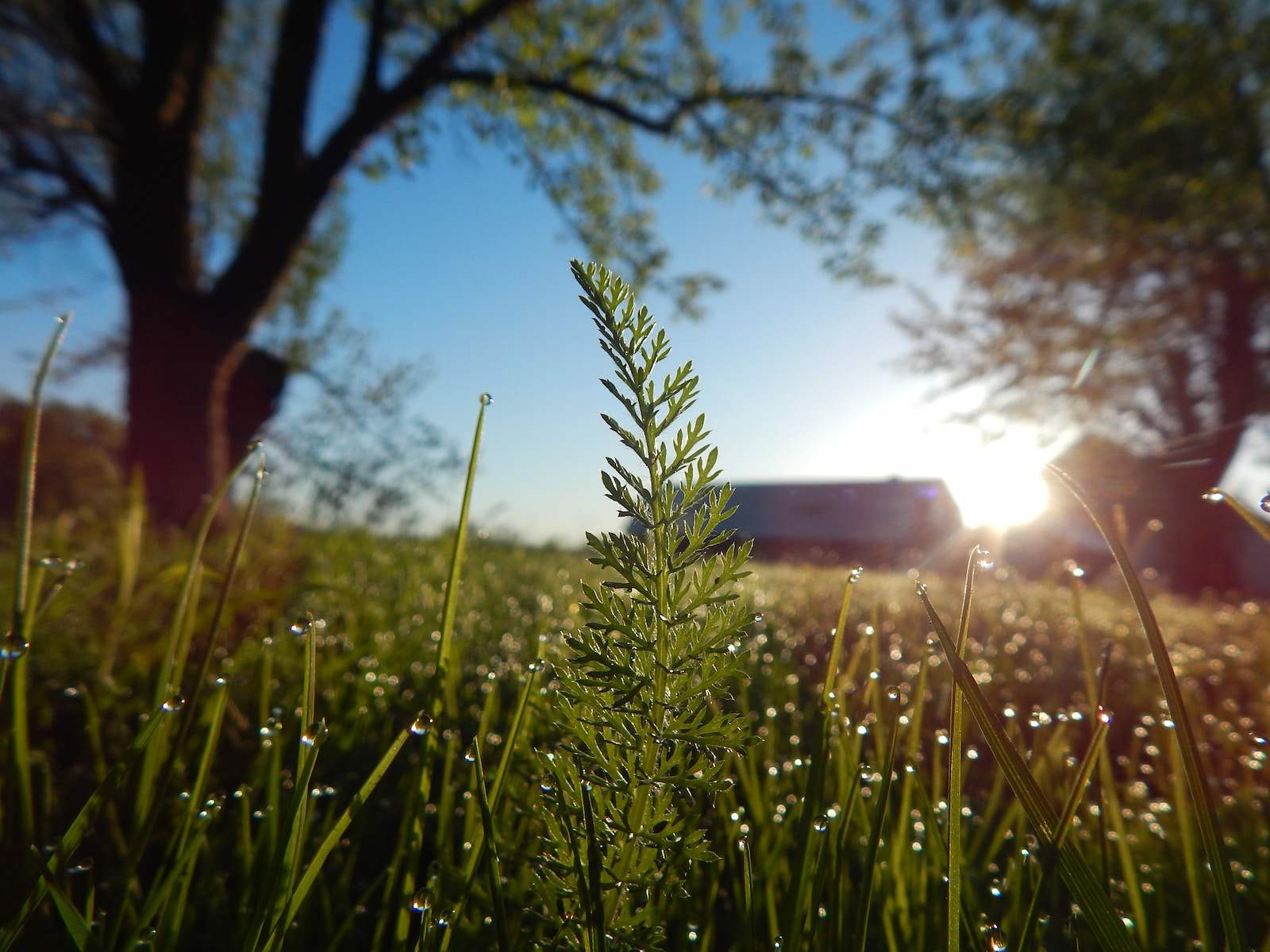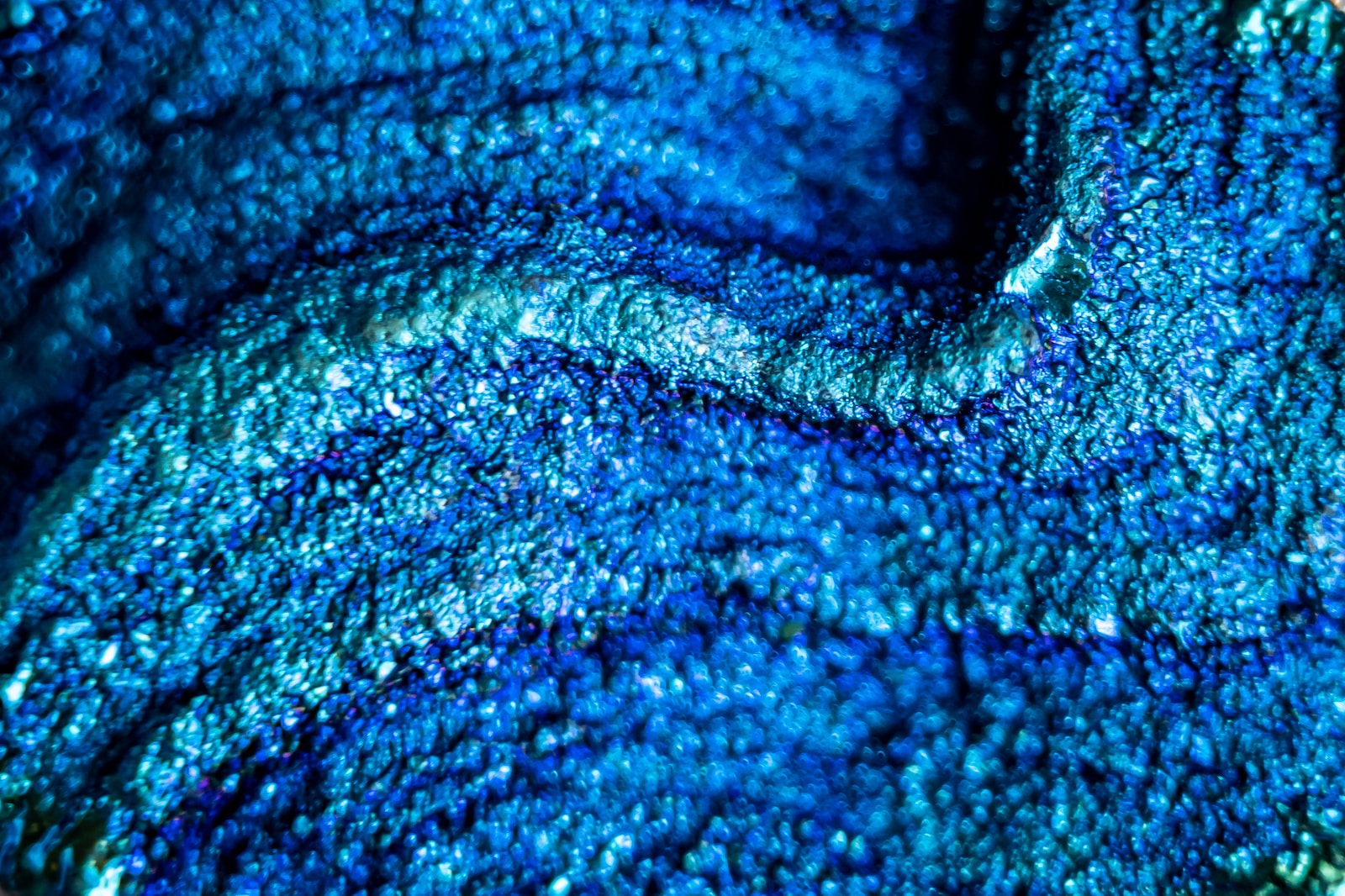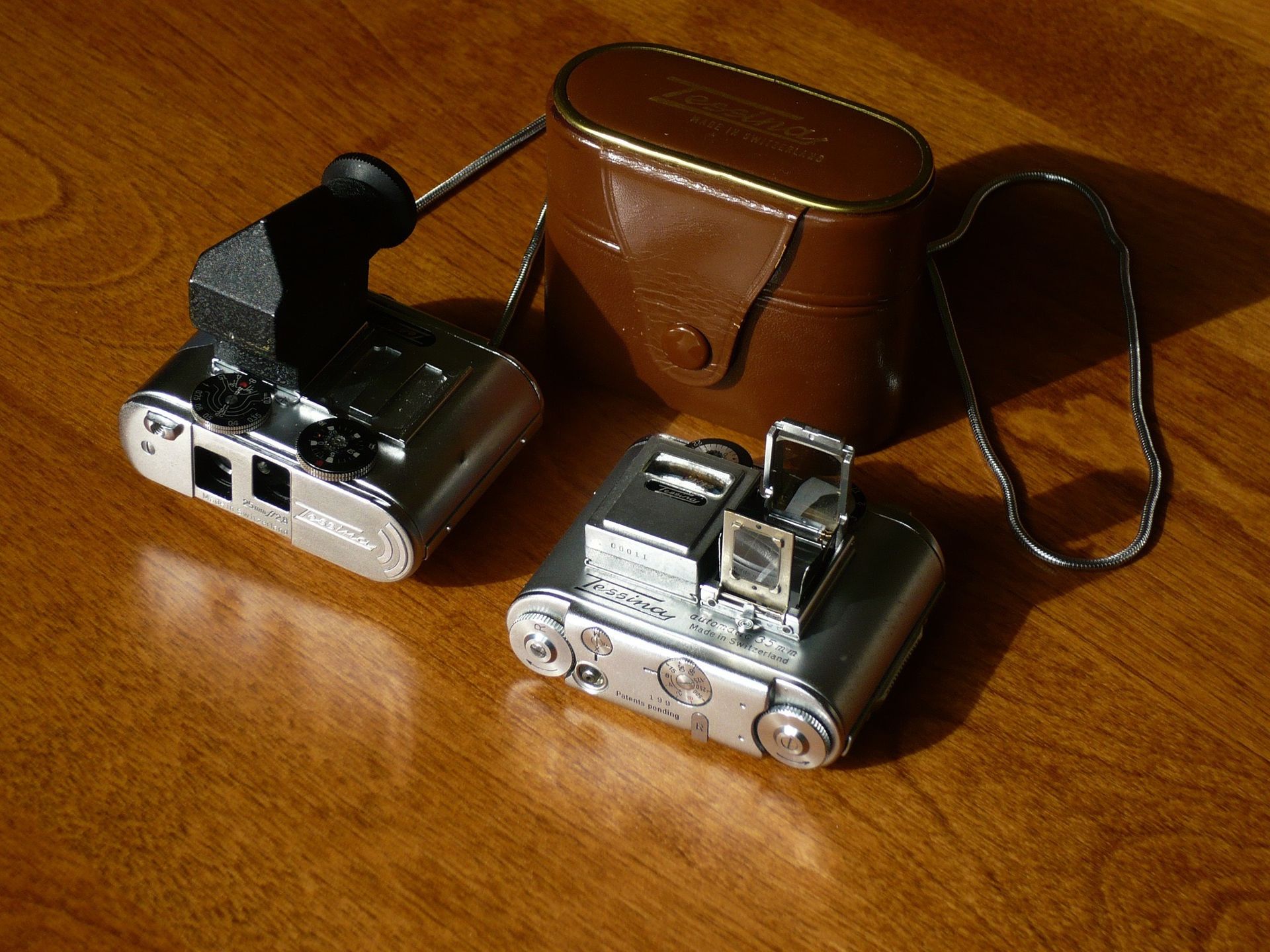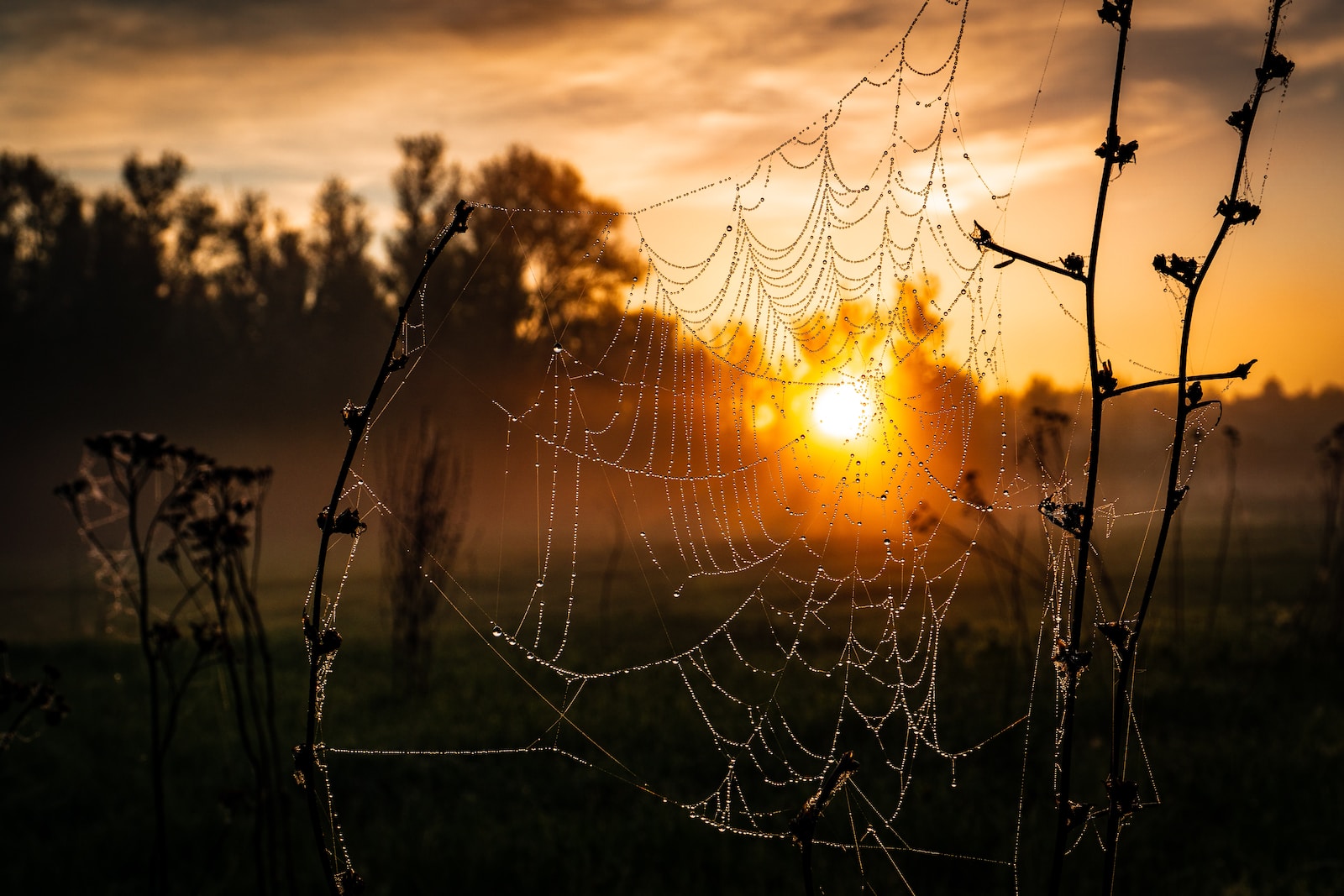Welcome to “Magnifying the Dew on Grass,” a deep dive into the world of macro photography and the art of capturing the intricate details of nature. In this blog, we will explore the mesmerizing beauty of morning dew on grass and learn valuable techniques and settings to enhance your photography skills. Join us for an adventure where we magnify nature’s wonders through detailed photography.
Table of Contents
Unlocking the Secrets of Macro Photography
Macro photography allows photographers to capture subjects at an incredibly close range, revealing intricate details that are often overlooked. By exploring the world so close up, we can uncover a whole new perspective on everyday objects and scenes. One mesmerizing aspect of macro photography is the ability to magnify the beauty of morning dew on grass.
The Magic of Morning Dew on Grass
The delicately suspended droplets of morning dew on grass create a dreamlike scene, making it a perfect subject for macro photography. Each tiny drop not only enhances the appeal of the grass but also acts as a natural magnifying glass, amplifying the intricate details that lie beneath the surface. The reflections and refractions in each dewdrop create a miniature world waiting to be captured by your camera.
Preparing for a Macro Photography Session
Before embarking on your dew on grass photography expedition, it’s essential to be well-prepared. Check the weather forecast to ensure you have the ideal conditions, usually early mornings when dew is likely to be present. Equip yourself with a reliable macro lens, a sturdy tripod, and some basic understanding of camera settings tailored for macro photography.
Setting Up Your Camera for Macro Photography
When it comes to macro photography, choosing the right camera settings can make a world of difference. Start by switching your camera to manual mode to have full control. Opt for a smaller aperture (higher f-number) to maximize depth of field and keep both the foreground and background in focus. Adjust your ISO and shutter speed accordingly to achieve a well-balanced exposure. Experiment with different settings to find the perfect combination for capturing dew on grass.
Techniques to Capture the Beauty of Dew on Grass
Photographing dew on grass is not just about capturing a snapshot; it’s about telling a story through your lenses. Try different angles and perspectives to highlight the intricate patterns formed by the droplets. Get down on your knees or lay on the ground to capture dew-laden blades of grass from unique viewpoints. Experiment with different lighting conditions to create contrasting moods and emphasize the mesmerizing details.
Post-Processing to Enhance Your Macro Photos
After capturing stunning dew on grass images, take your macro photography to the next level by using post-processing techniques. Software like Adobe Lightroom allows you to fine-tune the colors, contrast, and sharpness of your photos, ensuring that every tiny detail stands out. Remember to keep post-processing subtle and natural to retain the authenticity of your macro shots.
Sharing Your Macro Masterpieces
Once you have perfected your dew on grass macro shots, it’s time to share your masterpieces with the world. Social media platforms like Instagram and Facebook are perfect for displaying your nature photography skills. Join online photography communities and engage with fellow enthusiasts. Sharing your work not only showcases your talent but also opens doors for feedback and inspiration.
Capturing the Untold Stories with Macro Photography
Discovering the Hidden World of Dew on Grass
Did you know that morning dew on grass not only adds beauty but also serves a vital purpose? The dewdrops act as micro-habitats, providing moisture for insects and small organisms, making it an essential part of nature’s ecosystem. Macro photography allows us to magnify these incredible details and shed light on the untold stories that dew on grass reveals.
Letting Nature Inspire Your Macro Photography
When capturing dew on grass or any other subjects in nature, it’s crucial to follow ethical guidelines and avoid causing harm. Respect the environment and the delicate balance of nature. Take only photographs and leave no trace. Allow the awe-inspiring beauty of dew on grass to stimulate your creativity and spark a deeper connection with the natural world.
Embracing the Art of Macro Photography
Macro photography offers endless possibilities for capturing the underappreciated intricacies found in nature. Take the time to explore the mesmerizing dew on grass, and allow your camera to reveal hidden wonders. With patience, practice, and a deep appreciation for the beauty in the small, you can unlock a world of artistic expression through macro photography.
Did you know that a single dewdrop on grass can magnify the image it reflects by up to 1.5 times? This natural phenomenon adds to the allure of dew on grass macro photography.
Begin Your Macro Photography Journey Today
Now that you have learned the secrets of capturing the detail and beauty of morning dew on grass, it’s time to grab your camera and unleash your creativity. Explore the world of macro photography, and let the dew on grass be your canvas. Embrace the challenge, experiment with settings and techniques, and discover the hidden stories that await, waiting to be magnified through the lenses of your camera.
Dew on Grass: Tips and Techniques
Are you ready to delve into the intricate world of macro photography and uncover the breathtaking beauty of morning dew on grass? In this guide, we will explore essential settings, techniques, and equipment to help you showcase the smallest details and capture stunning nature photography. So grab your camera and let’s get started!
The Right Equipment: Gear Up for Success
Before embarking on your dew-kissed adventure, ensure you have the right equipment. Here are a few must-haves for capturing detailed macro shots:
- A DSLR or mirrorless camera with manual controls to have full command over settings.
- A macro lens with a focal length between 60mm and 105mm for capturing intricate details up close.
- A sturdy tripod to eliminate camera shake and achieve sharpness in your images.
- A remote shutter release or self-timer function to further minimize any vibration.
Mastering the Settings: Set the Stage for Incredible Detail
Now that you have the right gear, let’s set the stage for capturing the mesmerizing dewdrops in all their glory:
- Aperture: Choose a small aperture (high f-number) like f/16 or higher to increase the depth of field, ensuring both the dewdrops and the grass blades remain in focus.
- ISO: Keep your ISO low to preserve image quality and reduce noise. Around ISO 200-400 should suffice, but feel free to experiment based on lighting conditions.
- Shutter Speed: As dewdrops can be extremely minute, a steady hand or tripod is vital. Opt for a slower shutter speed, around 1/60th of a second or slower, to allow enough light to penetrate and capture the intricate details.
Perfect Technique: Get Up Close and Personal
When capturing the delicate beauty of dew on grass, here are some techniques to consider:
- Finding the Dewdrops: The best time to photograph dewdrops is generally during the early morning or after rain. Survey your surroundings and identify grassy areas with abundant dew to ensure maximum impact.
- Focus on One Dewdrop: Rather than attempting to capture the entire scene, zoom in on a single dewdrop or a small cluster. This emphasizes the detail and creates a more intimate connection between viewers and your photograph.
- Composition is Key: Experiment with different angles and perspectives to create visually engaging photographs. Place the dewdrop off-center and use leading lines or surrounding elements to guide the viewer’s eye.
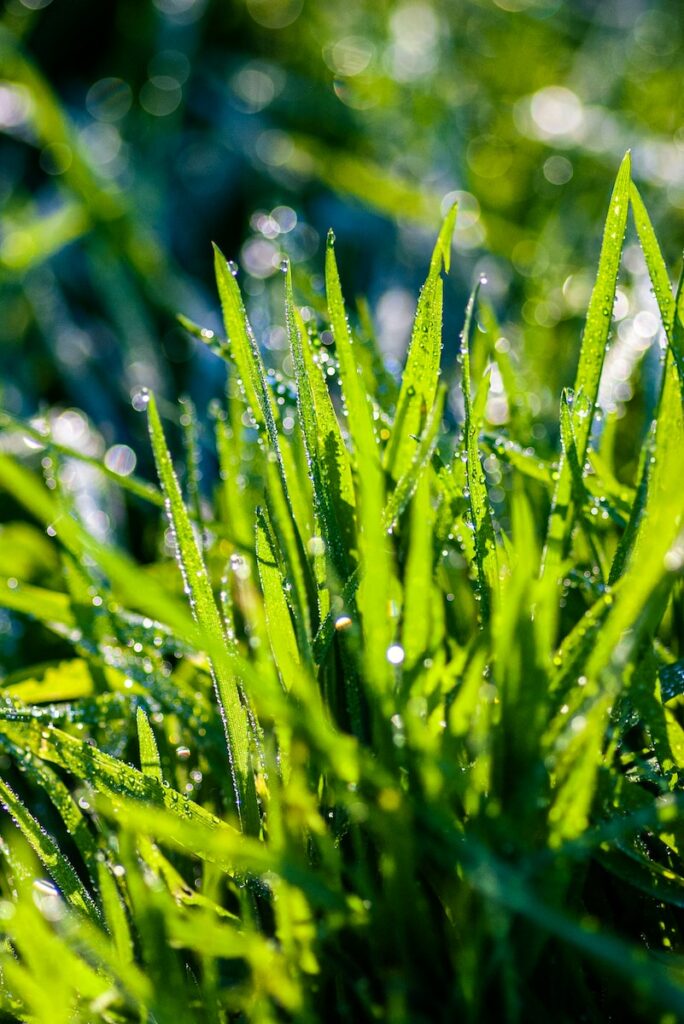
Benefits of Macro Photography and Detailed Photography
Now that you possess a newfound understanding of macro photography and have learned various techniques for capturing the beauty of dew on grass, let’s explore the benefits:
- Unveiling the Unseen: Macro photography allows you to uncover a hidden world that often goes unnoticed. It brings attention to the intricate patterns and delicate details that exist within nature.
- Exceptional Detail and Clarity: By focusing on small subjects like dewdrops, you can reveal an extraordinary level of detail that is impossible to see with the naked eye. Every tiny droplet becomes a work of art.
- Connecting with Nature: Macro photography immerses you in the wonders of nature, enabling you to appreciate its beauty on a deeper level. It encourages mindfulness and an appreciation for the world around us.
So, are you ready to embark on your macro photography journey and capture the awe-inspiring magnificence of dew on grass? Follow these tips, experiment with different techniques, and allow your creativity to flow. Wondrous adventures await you as you unlock the secrets of nature’s smallest treasures!
Frequently Asked Questions
What is macro photography?
Macro photography is a technique that allows you to capture extreme close-up shots of small subjects, revealing intricate details that may not be visible to the naked eye.
What equipment do I need for macro photography?
To get started with macro photography, you will need a camera with manual mode capabilities, a macro lens or extension tubes, and a tripod for stability.
What settings should I use for macro photography?
For sharp and detailed macro shots, use a small aperture (high f-number), around f/16 to f/22, to ensure a wide depth of field. Adjust the ISO and shutter speed accordingly based on the available light.
How do I achieve a shallow depth of field in macro photography?
To achieve a shallow depth of field and create a blurred background effect, use a wide aperture (low f-number) such as f/2.8 or f/4. Experiment with different apertures to achieve the desired effect.
What techniques can I use to capture dew on grass?
To capture the beauty of dew on grass, try shooting early in the morning when the dew drops are still present. Use a macro lens or close-up filters to get closer to the dew drops, and experiment with different angles and compositions to create visually appealing images.
How can I enhance the details in my macro photographs?
To enhance the details in your macro photographs, use a tripod to eliminate camera shake. Focus manually on the specific area of interest, and utilize the camera’s focus peaking feature if available. Additionally, consider using natural lighting or external lighting techniques to bring out the textures and details.
Wrap Up
Macro photography allows us to delve into the intricate details of nature. By focusing on the mesmerizing dew on grass, we can capture the delicate beauty that often goes unnoticed.
Remember, to capture stunning photos of dew on grass, adjust your camera settings for macro photography. Experiment with different angles, use a tripod to minimize camera shake, and make use of natural lighting to enhance the details.
So, grab your camera, head outside in the early morning, and embark on a journey to magnify the beauty of dew droplets on blades of grass. Let nature inspire you, and allow your passion for detailed photography to shine through.
Don’t forget to engage with us and share your own experiences with macro photography and nature’s wonders in the comments below!
